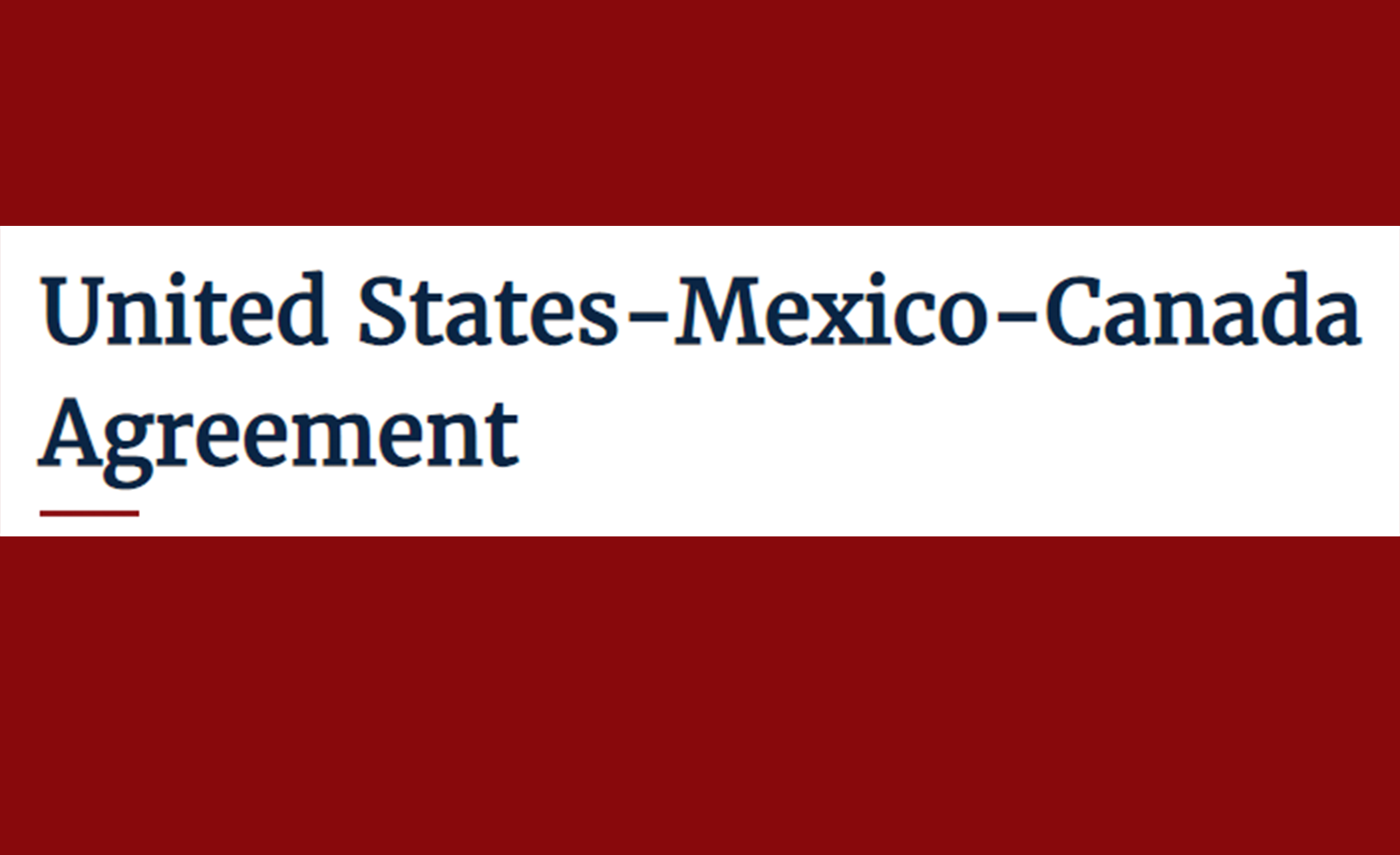The USMCA: A Comprehensive Guide to the United States-Mexico-Canada Agreement
The United States-Mexico-Canada Agreement (USMCA) has been a topic of heated debate and discussion since its inception. The new trade agreement has far-reaching implications for businesses, policymakers, and consumers across the three North American countries. With its complex history and intricate details, understanding the USMCA is crucial for anyone looking to navigate the ever-changing landscape of international trade.
The USMCA is a significant development in the history of trade between the United States, Mexico, and Canada. The agreement supersedes the North American Free Trade Agreement (NAFTA), which was in place from 1994 to 2018. The old agreement was criticized for its limitations on environmental and labor protections, leading to calls for a more comprehensive and robust trade agreement.
The USMCA is designed to address these criticisms and provide a more level playing field for businesses in all three countries. The agreement includes provisions on environmental protection, labor rights, and digital trade, among other issues. However, the negotiations for the USMCA were not without controversy, with some critics arguing that the agreement benefits corporations at the expense of workers and the environment.
History of the USMCA
The negotiations for the USMCA began in 2017, with the Trump administration seeking to renegotiate the terms of NAFTA. The new agreement was designed to promote fair trade practices, increase competitiveness, and boost economic growth in all three countries.
The negotiations were marked by controversy, with the Trump administration introducing new provisions on issues such as intellectual property rights and labor protections. Some critics argued that these provisions were too aggressive, while others saw them as necessary to promote American business interests.
Key Provisions of the USMCA
The USMCA includes a range of provisions aimed at promoting fair trade practices and increasing competitiveness in all three countries. Some of the key provisions include:
- Environmental Protection: The USMCA includes provisions on environmental protection, including measures to reduce greenhouse gas emissions and promote sustainable development.
- Labor Rights: The agreement includes provisions on labor rights, including measures to protect workers' rights and promote fair labor practices.
- Digital Trade: The USMCA includes provisions on digital trade, including measures to promote competition and innovation in the digital economy.
- Intellectual Property Rights: The agreement includes provisions on intellectual property rights, including measures to protect patents, trademarks, and copyrights.
Implementing the USMCA
The implementation of the USMCA will require significant changes to the regulatory frameworks of all three countries. The agreement includes provisions on trade remedies, anti-dumping measures, and customs procedures, among other issues.
To implement the USMCA, each country will need to make changes to its existing laws and regulations. For example, the United States will need to update its tariffs and customs procedures to comply with the agreement. Canada and Mexico will also need to make changes to their regulatory frameworks to ensure compliance with the agreement.
Implications for Businesses
The USMCA has significant implications for businesses operating in the United States, Mexico, and Canada. Some of the key implications include:
- Increased Competition: The USMCA is designed to promote fair trade practices and increase competition in all three countries. This could lead to increased competition for businesses, which could drive innovation and growth.
- New Opportunities: The agreement includes provisions on digital trade, which could create new opportunities for businesses in the digital economy.
- Increased Costs: The implementation of the USMCA may also increase costs for businesses, particularly those that rely on tariffs and customs procedures.
Implications for Consumers
The USMCA also has significant implications for consumers in the United States, Mexico, and Canada. Some of the key implications include:
- Increased Choice: The agreement includes provisions on agricultural products, which could lead to increased choice for consumers in all three countries.
- Lower Prices: The USMCA could also lead to lower prices for consumers, particularly in the agricultural sector.
- Increased Concerns: However, some critics have raised concerns about the potential impact of the agreement on food safety and consumer protection.
Challenges and Criticisms
The USMCA has faced significant criticism and challenges since its inception. Some of the key criticisms include:
- Environmental Impact: Some critics have argued that the agreement will have a negative impact on the environment, particularly if the new provisions on environmental protection are not implemented effectively.
- Labor Rights: Others have criticized the agreement for not doing enough to protect labor rights, particularly in Mexico.
- Intellectual Property Rights: The agreement has also faced criticism for its provisions on intellectual property rights, which some critics argue are too aggressive.
Future of the USMCA
The future of the USMCA is uncertain, with some critics arguing that the agreement is flawed and others seeing it as a significant step forward for North American trade. The agreement will require ongoing monitoring and evaluation to ensure that its provisions are being implemented effectively.
As the agreement continues to evolve, it is likely that new challenges and criticisms will emerge. However, the USMCA also presents opportunities for businesses, policymakers, and consumers in all three countries.
The agreement's success will depend on its ability to balance the interests of all three countries and address the concerns of critics. If implemented effectively, the USMCA has the potential to promote fair trade practices, increase competitiveness, and boost economic growth in North America.
Next Steps
The implementation of the USMCA will require significant coordination and cooperation between the three countries. Here are some next steps that policymakers and businesses should consider:
- Monitor Implementation: Each country should monitor the implementation of the USMCA to ensure that its provisions are being implemented effectively.
- Address Concerns: Policymakers and businesses should address concerns and criticisms of the agreement, particularly with regards to environmental impact and labor
Karlan And Connieenio Crimecene Pos
Billieilish Y
How Old Isavid Muir Wife
Article Recommendations
- Diabla Lara
- Julesari
- Taylor Mathis
- Abby Bernerd
- Paige Vanzant Fans
- Richardean Anderson
- Rosemary Margaret Hobor
- Benicioel Toro
- Ippa 010054
- Chester Koong



